The Kumari or the living embodiment of Goddess Taleju is revered and worshiped as the only living goddess of the world. Nepal is a county of culture and tradition. The word Kumari literally means virgin in Sanskrit. Many names are given to the little child that you see in the glorious golden chariot in the Indra Jatra, some of them are “the goddess of beauty and strength”, “the manifestation of goddess Taleju Bhawani” and many more. She is called the living goddess because she is believed to be the vessel of the goddess Taleju, the manifestation of the goddess Durga. “The girl whose feet never touch the ground”. She is worshiped by doing puja, gifts, and food as an offering, and receiving tika and blessing from the little girl considered Kumari.
Nepal is the country of divinity. Nepalese people are known to be very enthusiastic in terms of religion and traditions. Nepal is a secular country that is home to 30 million Gods and goddesses of Hinduism. Around 81.3 percent majorities are Hindus. Given that Nepal was the birthplace of the Gautam Buddha, Nepal is an important place for all the devotees and disciples of Hinduism and Buddhism. Nepal has some of the most important temples and monasteries that thousands of devotees visit every year, such as Pashupatinath Temple and Boudhanath Stupa. Nepal has rich traditions and culture among which Kumari is much-admired.
Kumari Goddess is also defined as the pre-pubescent girl from the Sakhya clan from the Nepalese Newari Buddhist community. Newar people are a mixture of Tibeto- Bruman, meaning that the Newars are influenced by Buddhism and Hinduism. Therefore, they developed the caste system and invented Shakhyas and Bajracharyas as high priests to guide them in rituals. Kumaris are only chosen from the Shakya clan as this clan is considered to be the upper caste among the other Newari castes. Goddess Kumari is believed to possess the power of prosperity and good fortune, and even her one glimpse can bring good fortune into people's life.
Goddess Kumari
Nepal is a religious county with rich traditions and culture, found nowhere else on earth. Kumari is a great example of rich culture and tradition. There are several myths and facts about the birth of this idiosyncratic tradition. Nepal has a remarkable history with divine energy from the country's beginning. As the myths are passed down to the generations and now are part of the culture and history. The kings had been linked with the goddess Taleju since the 10th century.
Historical records show that Taleju Bhawani has blessed Kantipur, presently known as Kathmandu, with prosperity and has always stood by the sides of the great kings of this county. As per the legends, it so happened that one night when the Goddess and the king were playing dice (Tripasa) and the king had lustful intentions.
Taleju being the goddess visualized the ill intention of the king and got angry and disappeared. King then realized his mistake and repented and asked for forgiveness from the goddess. The goddess later relented and said she would return in the body of the young pre-pubescent girl from the Sakhya clan, which the king was to worship. That was the birth of the unique tradition that was adored and revered by the nation.
Related Trip: Indra Jatra Festival Tour
How is Kumari Goddess selected?
It is a common question that comes to everybody's mind as soon as one hears about this perfect child.
Kumari selection criteria are strict and include a number of specific physical perfections. Which is not as simple as one might think generally, kumari is selected under the supervision of five senior Buddhist priests, the chief royal priest of Taleju, and the royal astrologer of the Kumari goddess.
There are many kumaris in Nepal, the most renowned are from Kathmandu called the Royal kumari, and the other two are from Patan and Bhaktapur. Some Kumaris are selected shortly after their birth, and some go through the traditional selection process, although the selection process might be different according to the historical and traditional beliefs they have one thing in common they all must be from the Newari Buddhist family.
Kumari goddess must be the offspring of the Sakhya caste of silver and goldsmith, whose three-generation had not married other than the Sakhya caste. She must have an excellent health condition and have no history of serious illness, never shed blood from her body. To be appointed as a Kumari goddess, One must go through several traditional tests. Kumari must have 32 attributes and her horoscope is examined to see whether it is complementary to the king's horoscope. One must have 12 sets of teeth, without any blemish, and dainty soft hands and feet. Some are poetically described such as:
-
Eyelashes like a cow
-
Thighs like of deers
-
Neck like a cohen shell
-
Chest like of lion
-
Body like a Banyan tree
-
A voice like a duck melodious
-
Same horoscope as the kings
-
The vision of calmness and fearlessness
-
Black and straight hair and many more
After examining all the 32 attributions/perfections of the girl (according to Tantric ritual), she is then taken to a room. The wife of the head priest checks the little girl's body to ensure that she has no blemishes on her body. The girl with no physical blemish and the strongest birth star is then selected. The selection process is done on the 8th day of Dashain also known as Kalratri.
The young girl then is taken to a room where 108 buffaloes and goats are sacrificed and offered to goddess Kali, which is exhibited in the dimly lit room with several masked men (Lakhya) dancing around. The girl is expected to show no fear and remain calm and fearless as she moves to the final trial. At the end of the selection process, several traditional ornaments are placed in front of the girl where she must select the same ornaments as the ex-kumari chose, only then she is appointed as a living goddess Kumari. Kumari is believed to be omniscient.
After the selection of the Kumari, she is taken to the dark room and then rituals are performed by the royal priest. Once the rituals (Tantric Purification) are completed, it is considered that the body is pure and the spirit of Taleju takes over the girl's body. The Kumari is then taken to the Kumari house (Kumari Chehh), where she will live until she is dethroned. Historically, The kumari houses were built next to the palace so that it would be easy for the royal family to visit the kumari without any difficulty and it's been the traditional house of kumari, ever since. The courtyard of the kumari house is known as the Kumari Chowk.
Most toddlers are chosen as the Kumari because as soon as the girl gets her first menstrual cycle she can not be the manifestation of the Goddess Taleju, the youngest kumari ever selected as the incarnation of the Taleju Goddess was 3 years old. The oldest kumari is Dhana Kumari Bajracharya of age 73, Who is called the lifelong Kumari.
The ceremonial garment of the living goddess Kumari
Kumari is considered the symbol of beauty in the Newar community, and girls are often compared to the beauty of the kumari. The kumari never fails to fascinate the people with its beauty and divine power. You can identify Kumari from a distance due to her distinctive bright red Jama (cloak) down to her feet, red blouse called Bhoto, and an iconic opulent headpiece made out of gold and different types of precious metals and gemstones.
The chances of seeing kumari in any other coloured clothes are very slim. She is not allowed to wear any other coloured clothes rather than red, even if she stays at the house doing nothing. The clothes that the Kumari wear during the ceremonies and festivals are passed down from ex-kumaris.
Not only does the kumari have an iconic dress but her traditional ornaments are too bewitching. Most of the ornaments that you see were made in the 13th century, near the end of the Malla kingdom. This custom jewelry has deep meanings to it, kumari is seen wearing numerous types of ornaments from which two are easily recognized. The kumari wears loops of diamond and gold coins, and two necklaces that have deep spiritual meaning to them.
One is a golden chain made in the shape of a snake (Serpent) skillfully handcrafted with a snake scales pattern engraved with precious stones, also called “Bashuki naga”(God of wealth), which is the symbol of protection from evil. Another one is called Ta-yo, which has a cylindrical body with a complex shape. Ta-yo has multiple edges and consists of eight-headed miniature serpents above the conical cylinder. Ta-yo is the symbol of eight mother goddesses, which represent prosperity and protection.
Her forehead is painted with (Tika) a crimson red powder called sindoor (vermilion) covering her entire forehead with yellow pigment, which is a mixture of turmeric and sweet-smelling sandalwood. In the middle of her forehead is the fire-eye (Agni-Chakshu). The fire eye represents the cosmic energy of the earth or the destroyer of all the evil in the world. The fire eye (Tri-Netra) is made up of novel (gold or silver) metals.
The Goddess Kumari is always seen in the topknot hairstyle decorated with fragrant flowers with red ribbon. The kumari is always seen in dramatic and attention-grabbing eye makeup that makes her look very different from the rest of the people, which has become her identification lately. Just like her forehead is painted with vermilion her feet are also painted with red pigments (Ala), traditional pedicures used by the Newars. Kumari doesn't wear shoes but you may find her feet covered in red stockings.
Why can't the feet of the Living Goddess Kumari touch the ground?
The feet of Kumari should not touch the ground in her appointed time as the Kumari because the ground is considered unholy and unworthy. As soon as the kumari steps on the ground the spirit of the Goddess Taleju leaves the body of the young Kumari. Her feet, like all of her, are known to be sacred. There are many Kumaris in Nepal most known Kumari are from Kathmandu (royal Kumari), the rest are from the neighboring cities Patan, Bhaktapur, and Bungamati.
Each has a different tradition regarding historical events and beliefs. Due to different regional beliefs and traditions, there are certain rules and contrast, some kumaris are allowed to walk and some are not. For instance, the Royal Kumari of Kathmandu is not allowed to touch the ground, she is carried in arms or in her golden palanquin, Wherever she goes. The only time her feet touch the ground is during the ceremony where she walks barefoot around the Taleju temple to complete the purification ritual. The history of Bungmati kumari is different; she is allowed to walk around her house.
Importance Behind the Kumari Culture
The tradition of worshiping the young pre-pubescent girl as the manifestation of the goddess Tajelu is known as the Kumari culture. Nepal is a very religious country and therefore, people have deep faith in the supernatural power of gods and goddesses. The importance of kumari dates back to the time when the country was ruled by the kings. Late king Jaya Prakash Malla of the Malla dynasty started the Kumari culture to save his kingdom according to the legends.
There are numerous events where narratives have mentioned the involvement of Goddess Taleju, Whose manifestation is the current Kumari that people worship as an incarnation of the deity Taleju. According to the folktales, Kumaris are the symbol of power and prosperity and were essential to kings in their empire. Kumari is known to possess powers that can heal serious illnesses and fulfill the desires of people. Especially women with blood-related illnesses often pay homage to the kumari as she is related to it.
Besides the historical importance of kumari culture, there is other importance as well. The kumari represents the Newari community which has a rich historical culture and tradition.
Every year in early autumn the biggest street festival falls known as the Indra Jatra ( Yenya Jatra), attracting thousands of people worldwide. Most people don't know what true Newar culture looks like and Kumari Jatra is the best time to explore the traditions of this unique culture. One can observe and get engaged with different elements at once such as traditional music, Newari cuisine, events, and many more.
Nepal is known to have some of the most beautiful landscapes followed by a vibrant culture and people, besides having multiple cultures and ethnic groups, from which Newari culture has been the most admired one. Newari culture not only represents the diverse culture among Nepali people but is also famous among foreigners. The Kumari culture has always fascinated people around the world.
As already mentioned the Kumari is selected from the Newari Buddhist caste, which established the harmony between the two heritage. The Sakhya caste is a mixture of the Buddhist and Hindu, Newari meaning that it has not only historical and economic but also social importance. This tradition is a great example of unity in diversity and religious tolerance. There are few occasions where people from different ethnic groups and religious backgrounds are gathered together to appreciate the phenomenal event, one of them is Kumari Jatra.
The peculiar life of Juvenile Kumari
Once the Kumari goddess is chosen she will go through Tantric purification and advance towards her throne as the newly selected Kumari. Her life is vastly different from a normal child of her age, on most occasions she will be isolated from the world. Her playmates are very few including the offspring of her caretaker (Chitaidar), her limited friends must learn to respect her, although they have no age difference. Her every wish must be granted, which indicates they must learn to offer whatever they have. She is not allowed to share food with anyone and no one is allowed to walk before her as she is the most revered one.
The lifestyle of the kumari fascinates most people and even puzzles some. As soon as the juvenile girl is appointed as the kumari, she is taken to the Kumari Chehh (Kumari house) where she will live until she gets her first menstruation cycle. The kumari isn't allowed to get out of the kumari house unless there is a ceremony that she needs to attend. The kumari only gets out of the kumari house 13 to 15 times a year at festivals such as Kumari Jatra.
The biological parents of Kumari are not allowed to live with Kumari in the kumari house, therefore a caretaker is provided to the kumari. The whole family of the caretaker lives at the kumari house with the kumari. As soon as the caretaker is unable to perform her job properly her eldest daughter takes over her position and hence, becomes the new caretaker of the kumari.
She is worshiped daily by the caregiver and by the royal priest on special occasions. Many devotees visit her on a daily basis to get the blessing and present her offerings such as food, toys, and new outfits. However, some devotees even offer golden jewelry as gratitude. Devotees bow down in front of the little girl and kiss her feet, then she offers them Tika and flowers as a blessing. She stays still on her throne while the devotees pay her homage, she shows little to no facial expression as it is considered an omen. The interpretation of her expression is as listed below:
-
Crying or guffawing (Chronic illness or even Death)
-
Weeping (moribund)
-
Trembling (Captivity)
-
Hand clapping (Reason to fear the king)
-
Being picky with food offerings (Capital losses)
-
If she remains silent and shows no facial expression, her devotees return delighted. This is a sign that their wishes have been granted.
Some people take care of the kumari's every need, they are the caretaker of the kumari. As easy as it may seem, the reality is quite different. They are responsible for bathing her, feeding her, and preparing her every day for puja as well as getting her ready for the devotees and ceremonial rites. They are not allowed to give direct orders to do anything, they must guide and suggest. A personal tutor is provided to kumari where she learns academic knowledge without having to walk or travel anywhere.
Kumari Goddess and the Occasions
As mentioned earlier the living goddess spends most of her time in isolation, inside the Kumari palace. She steps out of the palace only on ceremonial occasions, which happens 13 to 15 times a year. Wherever she gets out of the Kumari house she is well dressed in ceremonial attire with all the traditional ornament and divine look, which can be easily noticeable from a distance. As she makes her appearance in public she is surrounded by people, hoping to catch a glimpse of her.
Some of the events where the living Goddess makes a public appearance are on the last day of Rato Machendranath Jatra, on the day of dropping the coconut, 3rd day of Indra Jatra (Kumari Jatra), 8th-day of Dashain (Maha-Ashtami) and other special occasions. Everybody believes that Kumaris's blessing is a must to make sure that the celebration ends well without any complications. During her visit place, many people come to pay her homage including royals and government officers. The Kumari is taken to Taleju temple (Kathmandu Durbar Square) for her purification rituals.
Current Kumaris of Kathmandu, Patan and Bhaktapur
There are many kumaris in Nepal, who are not as popular as the Royal Kumari. Other kumaris are also from the surrounding areas such as Patan, Bungamati, and Bhaktapur.
Kathmandu (Royal Kumari)
The formal Royal kumari is Trishna Sakhya, who was chosen as a Kumari when she was just three years old on September 17, 2017. She is from Kathmandu and is the formal Living Goddess. She lives inside the property of Kathmandu Durbar Square and people consider her the superior of all the kumaris before her. As per the rules of Kathmandu, the Kumari lives under strict rules and regulations, she is accompanied by her caretaker while she lives in the Kumari house. A home tutor is appointed for her academic education.
Patan
The formal Kumari of Patan is Nihira Bajracharya, she was selected as the Kumari of Patan when she was 5 years old. She currently lives at the Ratnakar Mahavihar (Temple of the living goddess kumari) she was appointed as the kumari in 2018
Bhaktapur
The current Kumari of Bhaktapur (Khwopa) is Luniva Bajrachrya also known as the Ekanta Kumari. She is three years old and was replaced as the kumari in 2021. The story behind her fascinating name as the Ekanta kumari is because she sits on the lap of Taleju Bhawani.
Although these Kumaris have similar yet distinct lifestyles they are equally revered and adored.
Kumari replacement process
As previously mentioned, the royal life of Kumari doesn't last for a lifetime. At a certain age when the Kumari reaches puberty and gets her first menstrual cycle, she is dethroned and then replaced by another young pre-pubescent girl. It is believed that when her first menstruation cycle begins, the deity leaves her body. For her dethroning process, she goes through one last ritual as a Kumari, done by the royal priest.
Return to ordinary life
After the Kumari is enthroned, she must be worshiped as Goddess for the following four days at her home by the family members, then only can she return to a normal lifestyle. As she is not a goddess anymore she can walk on her feet, share food, her friend's circle is not limited anymore, and many more. After her journey as a Kumari ends, she is treated as a normal child. It may take some time to cope with the new environment, which might be quite challenging for the ex-Kumari. After she is replaced, she receives a pension as a token from the government every month.
Everyone’s question, Can a Kumari marry?
Yes, breaking the stereotype of the answer to the question, Kumari can get married. There is a misconception and myth about whether kumari can get married or not. There is a myth that if Kumari gets married her husband will die shortly after their marriage. Another rumor is that the horoscope of the kumari is too strong which will affect their marriage and have complications. There is no evidence of these statements to this date.
Almost all ex-kumari are happily married and have no evidence of any complications and surprisingly none of them died shortly after their marriage. According to one of the ex-kumari, It's just a myth and has no connection with their marital life. You can find testimonies given by the ex-kumaris about their marital life in several interviews.









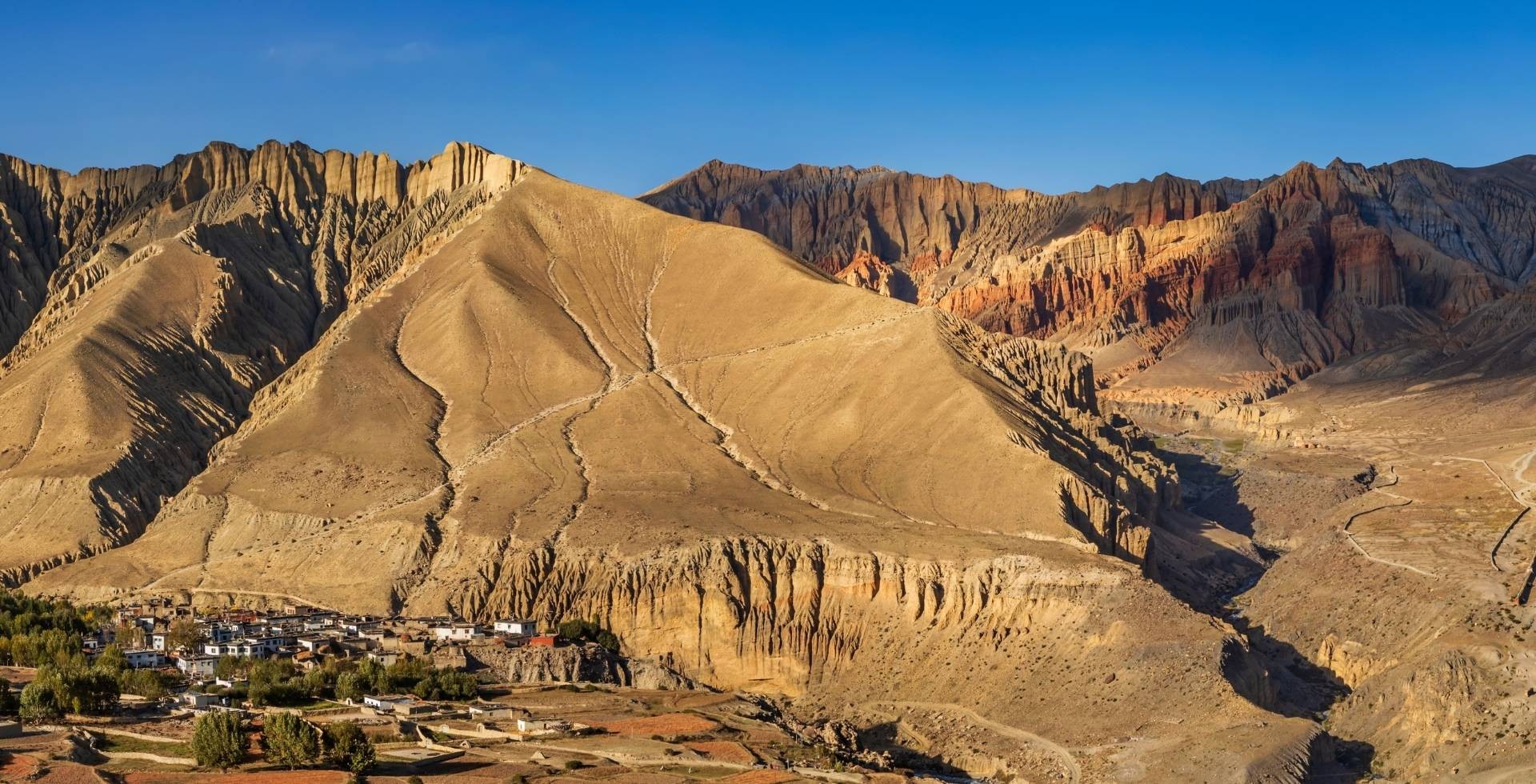

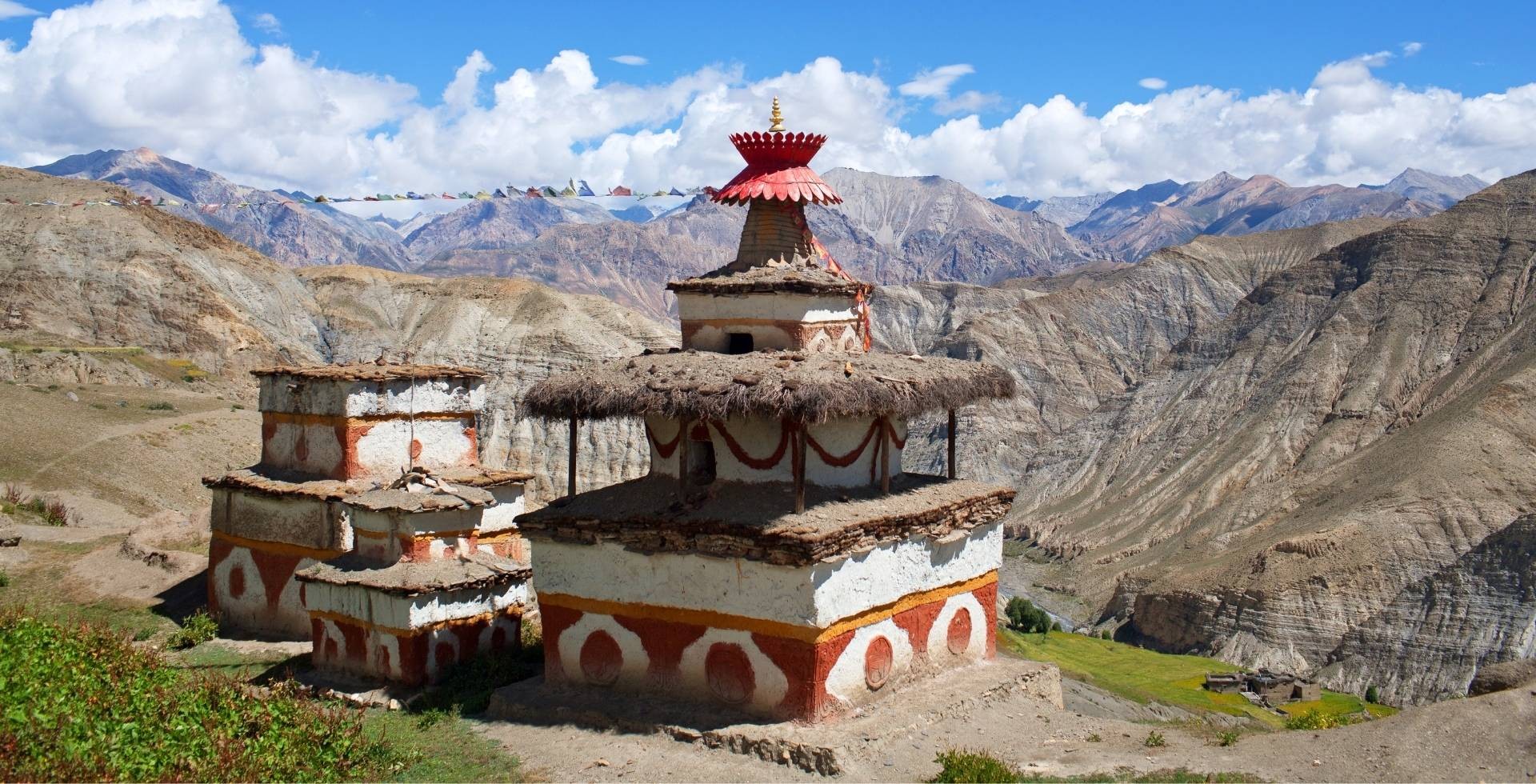


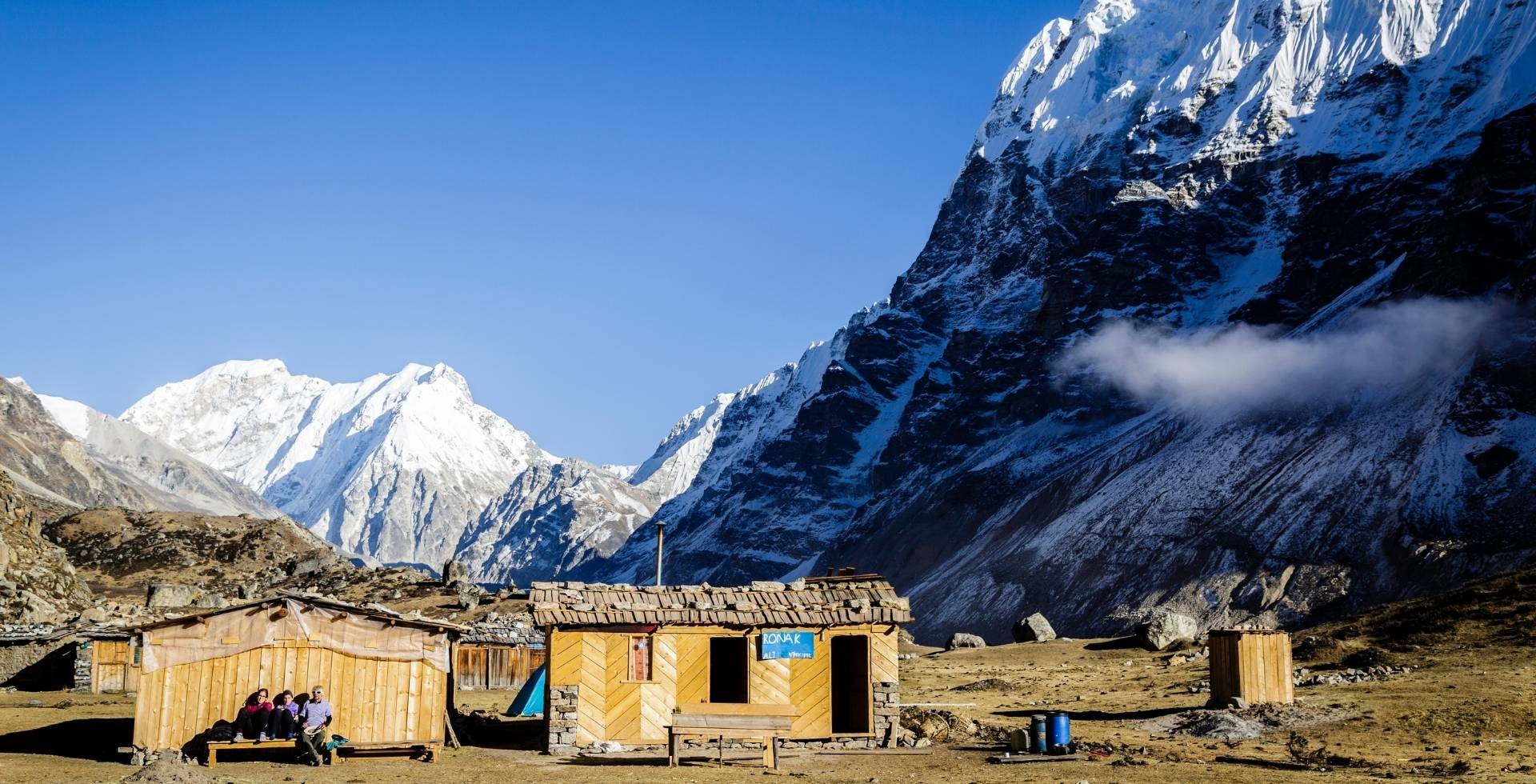


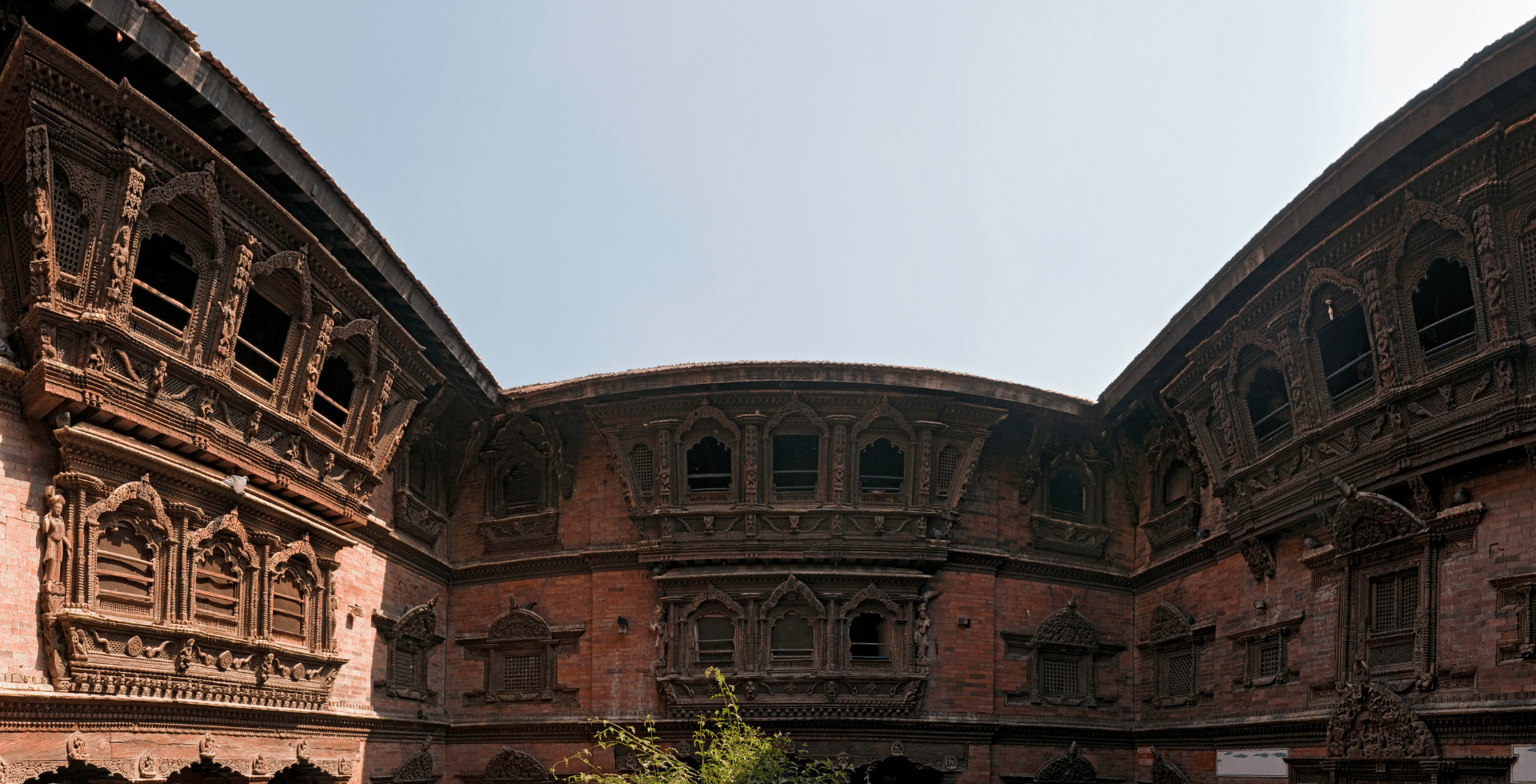
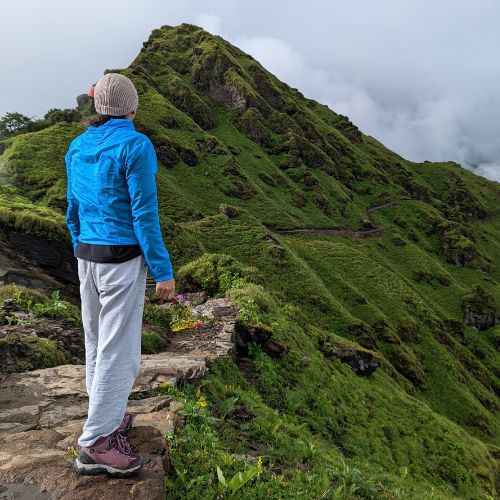 Kriti Maharjan
Kriti Maharjan